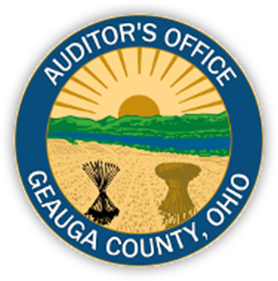ensuring accuracy & measuring devices
Weights & Measures Department
The County Auditor serves as the Sealer of Weights and Measures for the entire County. According to the Ohio Revised Code, Section 319.55, “The Auditor shall see that all state laws relating to weights and measures are strictly enforced throughout his county, and shall assist generally in the prosecution of all violations of such laws.”
The County Auditor is responsible for testing the accuracy of weighing and measuring devices used in the purchase and sale of commodities.
The Geauga County Auditor is responsible for ensuring the accuracy of weighing and measuring devices used commercially in the county. A good Weights and Measures program saves the average household hundreds of dollars each year. The seal of the Weights and Measures Department protects the buyer and the seller by maintaining equity in the marketplace.
The Geauga County Weights and Measures Department inspects many devices for accuracy each year. These devices include gas pumps, deli scales, vehicle scales, fuel oil truck meters, and liquid propane meters, among others.
Package checking tests are conducted at stores to check the weight of the packages that are purchased so that when a product is labeled “one pound,” there is one pound in the package.
Remember to look for our seal on weighing and measuring devices for your protection. If in doubt on any weighing and measuring matter, please contact the Geauga County Auditor’s Weights and Measures Department.
Get in Touch
Direct Line: (440) 279-1641
Phone: (440) 285-2222 (Ext. 1641) or 1-888-714-0006 (Ext. 1641)
